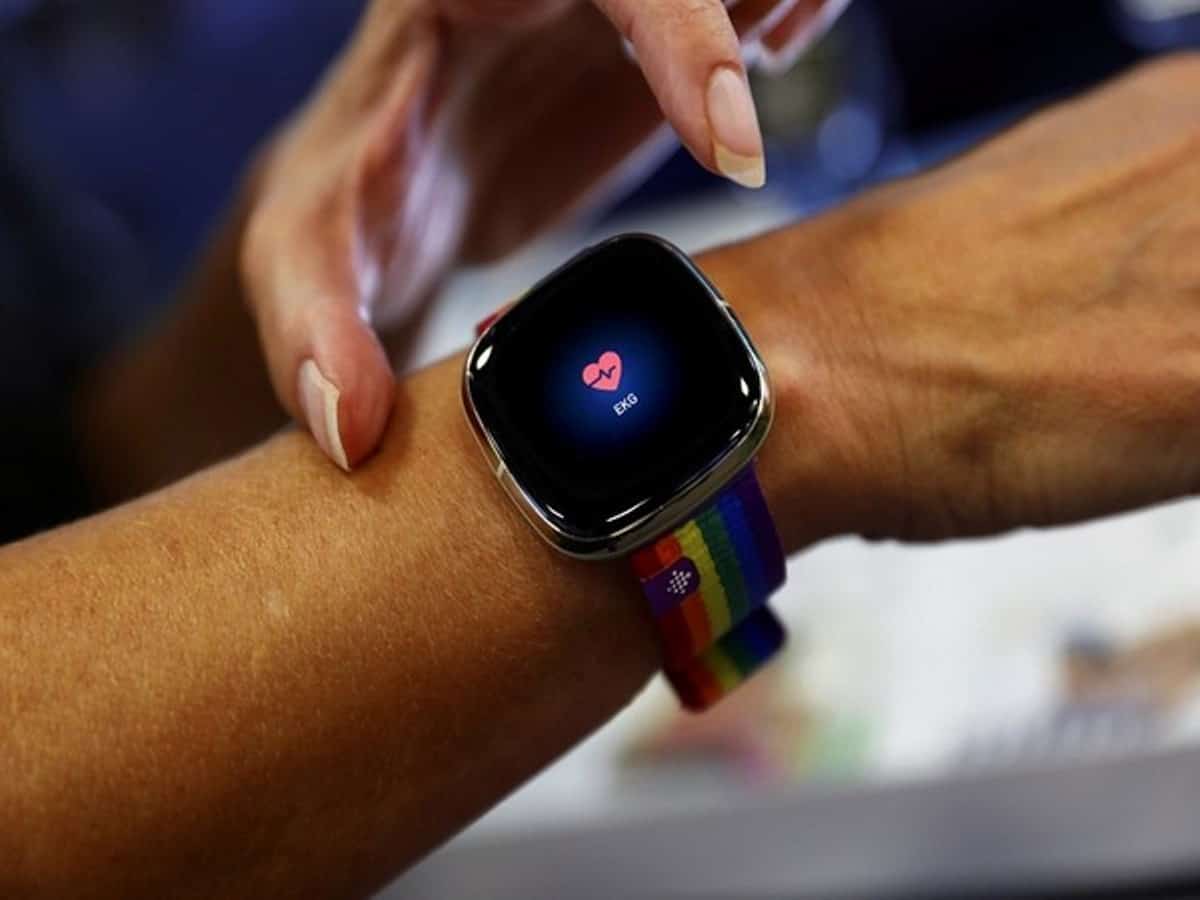Singapore: Researchers at the National University of Singapore (NUS) have developed a technology that enables a single device, such as a mobile phone placed in the pocket, to wirelessly power other wearable devices on a user’s body, using the human body as a medium for power transmission.
The novel system allows a single power source that is fully charged to power up to 10 wearable devices on the body, for a duration of over 10 hours. It can also harvest unused energy from electronics in a typical home or office environment to power the wearables.
The findings are published in the journal Nature Electronics.
“Batteries are among the most expensive components in wearable devices, and they add bulk to the design. Our unique system has the potential to omit the need for batteries, thereby, enabling manufacturers to miniaturise the gadgets while reducing production cost significantly,” said Jerald Yoo, Associate Professor from the Department of Electrical and Computer Engineering at the NUS.
“More excitingly, without the constraints of batteries, our development can enable the next generation wearable applications, such as ECG patches, gaming accessories, and remote diagnostics,” Yoo added.
The NUS team designed a receiver and transmitter system that uses the very obstacle in wireless powering — the human body — as a medium for power transmission and energy harvesting. Each receiver and transmitter contains a chip that is used as a springboard to extend coverage over the entire body.
A user just needs to place the transmitter on a single power source, such as the smart watch on a user’s wrist, while multiple receivers can be placed anywhere on the person’s body. The system then harnesses energy from the source to power multiple wearables on the user’s body via a process termed as body-coupled power transmission.
In this way, the user will only need to charge one device, and the rest of the gadgets that are worn can simultaneously be powered up from that single source.

